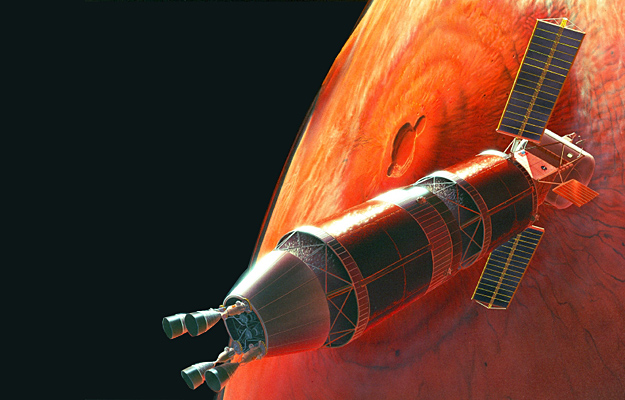It seems that a whole bunch of entrepreneurs and independently wealthy individuals have the Moon and Mars in mind as places to go. One of them is Dennis Tito (seen below), the first space tourist who paid the Russians tens of millions of U.S. dollars to get to MIR, the former Russian space station. Then there is Mars One, the Dutch-based group planning one-way colonization trips to Mars.
While NASA continues to talk about plans for a human expedition to Deep Space beyond the Moon, and possibly a visit to one of the moons of Mars in a decade or more, the private sector seems gungho to get to the planet before the end of this decade or early in the next and are in the business of raising capital to meet the objectives. They are seeking sponsors and inviting individuals and corporations to buy into the dream.
This Wednesday, February 27, expect to hear Tito announce his plans for a mission to Mars in 2018 when Earth and Mars will be in an ideal position for a round-trip visit. The expedition would launch in January 2018 with a return to Earth 501 days later.
Tito is chair of the Inspiration Mars Foundation, a not-for-profit that states its goal to accelerate America’s human exploration of space as a catalyst for national prosperity. Think of Columbus and Spain in the 15th century and his voyages of discovery across the Atlantic and you get the picture Tito is painting. Where Columbus opened up opportunities for Spain to exploit the native cultures and civilizations of Central and South America, leading to Spanish ascendancy and colonization in the 16th century, Tito sees Mars as a spur to American industry, initiative and invention in the 21st century, a way to generate unprecedented new wealth.
Along for the ride with Tito are SpaceX who would provide the launcher and capsule, and Paragon Space Development Corporation, an Arizona based private company that builds environmental life support controls for extreme environments. Paragon owes its origins and mission to the failed experience of Biosphere 2, the 1991 and 1994 attempts to create a closed loop habitat under glass in the Arizona desert. The company is not only working with Tito but also another private company, Golden Spike, which plans to return humans to the Moon by 2020.
Is this all a waste of space?
Are we to take seriously Dennis Tito, Elon Musk, the failed Biospherians of Paragon, and the former NASA engineers and managers who are now at Golden Spike?
Is the pragmatic bottom line approach of private enterprise a better way to achieve off-world goals than NASA, ESA, Roscosmos or the China National Space Administration?
Is all this focus on low-Earth orbit by space faring nations a reflection of our own fear, uncertainty and doubt about leaving the home world?
Or is it rooted in practical challenges that private enterprise is choosing to ignore?
Like Columbus who saw profit in risk taking and who died penniless, will the companies, not-for-profits and consortia making these announcements find themselves in the same circumstances?
On Wednesday, at The National Press Club, at 1300 hours, on the 13th floor (any significance to those numbers??), in Washington D.C., the place where it seems little gets accomplished these days, we will learn more about the “Mission for America” to go to Mars in 2018.
Stay tuned!












An update on Dennis Tito’s planned expedition to Mars in 2018.
At a press conference today the Inspiration Mars Foundation described the planned visit to Mars, a flyby mission that would take advantage of the favorable alignment between Earth and Mars. The journey to Mars and back would take about 500 days. The spacecraft would include a 2-person crew.
The mission would use technology already in existence including the assistance of the International Space Station. The space capsule would include an attached inflatable space habitat. It would be launched from Earth orbit to achieve a direct Mars trajectory. The life support closed-loop system would be designed for simple hands-on maintenance and repair.
At the press conference Dennis Tito described the mission as “simplicity.” With no planned descent to the Martian surface, no rendezvous and docking, and a straightforward trajectory the mission would represent the shortest duration trip to the Red Planet and back. The 2018 launch would also coincide with a solar minimum to lessen the risk of cosmic ray exposure for the crew.
Read more details at: http://www.spaceref.com/news/viewpr.html?pid=40191.